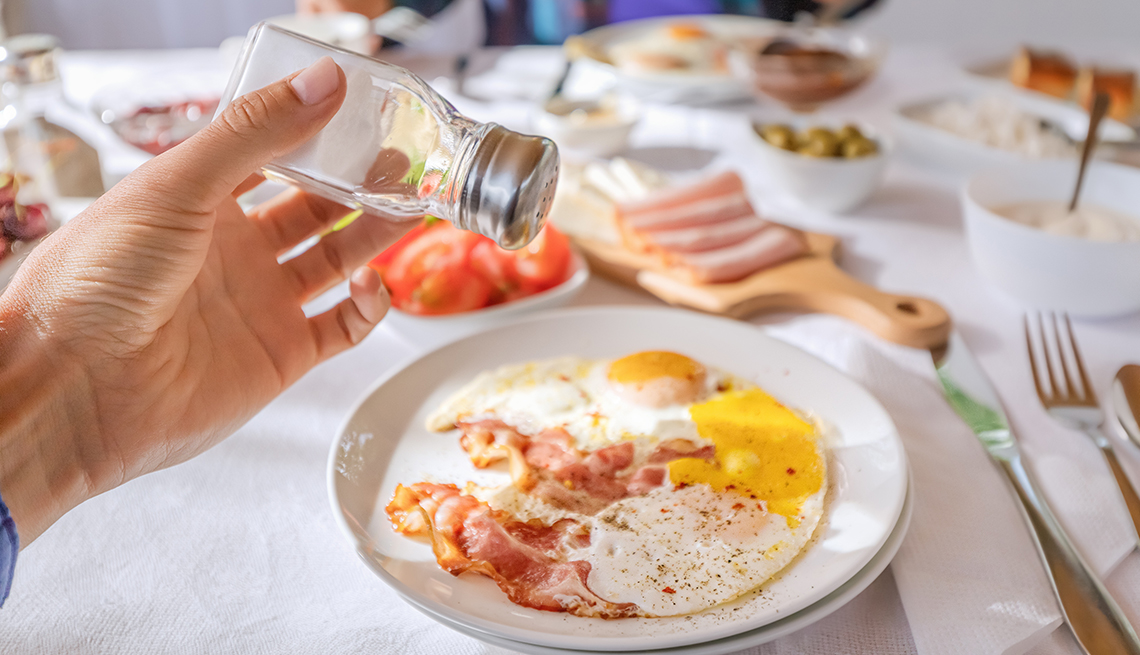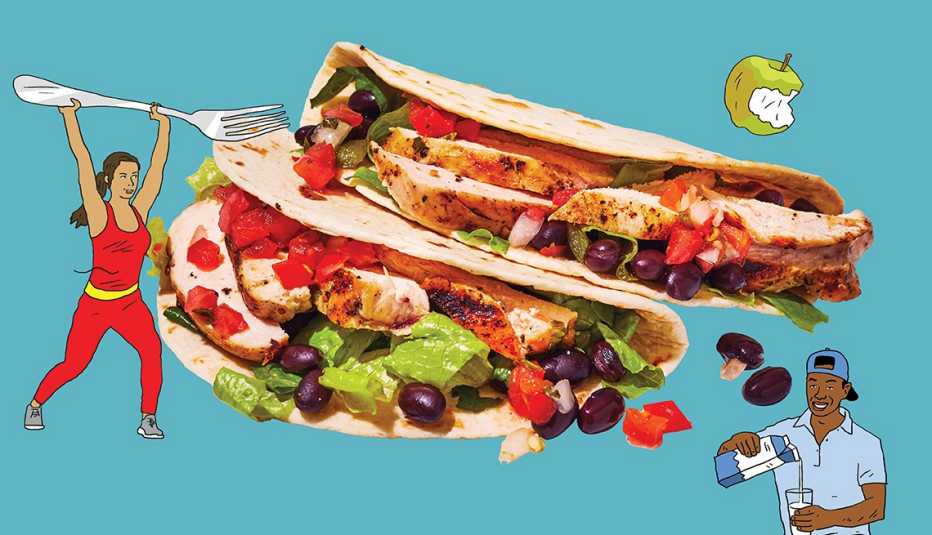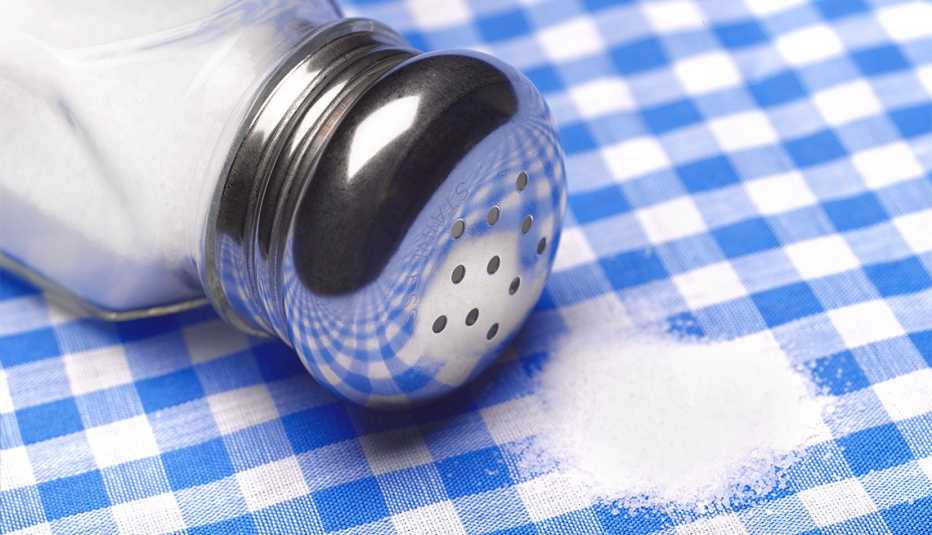AARP Hearing Center
Despite being an essential nutrient for the body to function properly, too much sodium can be bad for your health. In fact, 9 in 10 Americans are getting too much sodium from their diet, mainly from salt, according to the Centers for Disease Control and Prevention (CDC).
“As we age, our dietary restrictions are tightened as far as what we can eat,” said William Lendway, a dietitian, chef and assistant professor at Johnson & Wales University, a school whose specialized degrees include culinary arts and nutrition. “It's a lot easier to get used to a better diet when you're younger than when you're older and you're dealing with multiple health issues.”
In addition to age, other factors may influence how sodium affects blood pressure, including weight, ethnicity, gender and some medical conditions like diabetes or chronic kidney disease, according to the American Heart Association (AHA). But dietary changes and a little attention can make a major difference in the amount of sodium you consume.
How does excess sodium affect the body?
Sodium pulls water into our blood vessels, increasing the amount of blood flowing through our veins — which may raise blood pressure. Over time, high blood pressure can stretch our arteries and accumulate plaque, which can block blood flow.
As a result, high blood pressure, also known as the “silent killer,” is a major risk factor for heart disease and stroke, the first- and fifth-leading causes of death in the U.S., according to the CDC.
What is the function of salt in cooking?
Salt is a flavor enhancer and can also be utilized to reduce bitter flavors.
“Adding a little bit of salt really takes that edge of bitterness off,” said Lendway. “A lot of green leafy vegetables tend to be bitter — like brussels sprouts and cabbage. So, it becomes really difficult to eat these things with less sodium because they’re just not that desirable for us.”









































































